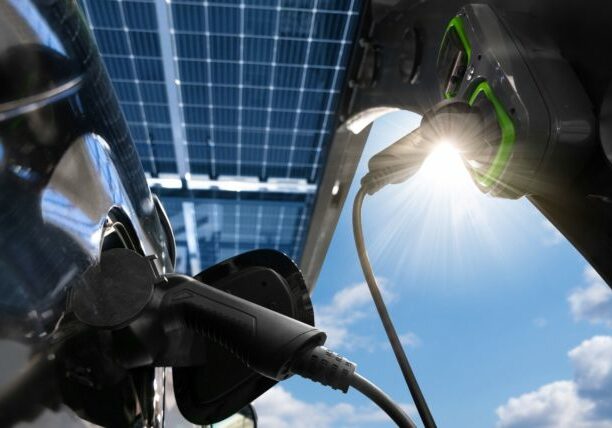June 20, 2016
From Oil to Offshore Wind
By Lewis Milford
If U.S. oil companies stop drilling for more oil, as climate activists want, what would they do to keep their shareholders happy and solvent? Maybe they could repower the American electric industry with offshore wind.
Recently, an emerging group of Exxon and Chevron shareholders almost forced the companies at their annual meeting to conduct climate “stress tests.” The close vote, if it had gone the other way, would have compelled the oil giants to disclose their financial risks in a world growing less favorable to endless oil production.
That would have been a good thing. But it’s not the only way to change the companies’ behavior on climate.
A more immediate strategy would be to push the industry into more climate friendly businesses now, like offshore wind, where U.S. oil companies could both prosper and protect the climate.
This is not pie in the sky, anti-fossil fuel rhetoric. A recent report by the respected international industry consultancy, BVG Associates, suggests how oil companies could reposition their businesses in a clean energy world.
As an example of that transition, the report looks at future offshore wind opportunities for Scottish oil and gas companies. It points out that the future global market for offshore wind will be in the hundreds of billions of dollars.
The BVG report also highlights something that few in the United States might know. In Europe, nine oil and gas companies already are competing in the offshore wind market, largely because of the similarities between the offshore oil sector and the offshore wind industry.
Both must lay long cables from floating platforms to shore. Both build structures in deep water locations. Both must build platforms to hold either turbines or rigs. Both involve construction and maintenance of complex equipment that must perform in tough environments for decades. Both use standardized construction methods to bring down the high costs of complicated projects.
And both must amass large amounts of capital to finance large infrastructure investments. The oil companies’ still strong balance sheets hold special promise for easing their entry into these new offshore wind markets in the United States.
Some oil industry companies are taking small steps into the American market. U.S. project developer Deepwater Wind engaged Louisiana-based Keystone Engineering, an oil and gas engineering firm, to build its steel jacket foundation. Similarly, DONG Energy, a European oil giant, is proposing to build two offshore wind projects off the East Coast.
But U.S.-based oil companies – unlike their European counterparts – are almost nowhere to be found in the American offshore wind industry. That is unfortunate. U.S. oil companies are not diversifying their business portfolios to account for climate change, which will be bad for their shareholders. But as important, they are not bringing their expertise to help this country build out its offshore wind industry, which now lags far behind Europe.
Perhaps the most important reason to have large corporate players like the oil companies involved in offshore wind is their capital. The oil companies are still strong enough to finance multi-billion-dollar offshore wind projects off their balance sheets.
They also have access to capital markets in addition to their strong balance sheets. They don’t need to rely only on public subsidies to build projects. They can do expensive projects that even large utilities cannot afford to finance, which is how the European offshore wind market got off the ground. Their deep pockets also mean they could ride out the regulatory ups and downs that have stalled projects like Cape Wind.
Energy transitions driven by market forces are a brutally efficient way to destroy incumbent companies. Predecessors to Exxon ended the whale oil business over a century ago. Today, competitive markets for natural gas and renewables are burying the coal industry. In the future, electrification of cars could well bankrupt the oil companies. It’s not a matter of if such technology turnovers will happen, but when. And the when usually comes with unpredictable financial fury.
The major oil companies could wait for their eventual demise or they could put capital into markets that survive the next wave of energy disruption. They might find that offshore wind projects are more economically profitable than banking the companies’ future on an increasingly volatile commodity like oil.
All it takes is for U.S. companies to follow the lead of their European oil colleagues, which have aggressively pursued offshore wind projects around the world for years.
For U.S. oil companies, offshore wind is the climate-smart investment opportunity waiting on the water’s edge.














